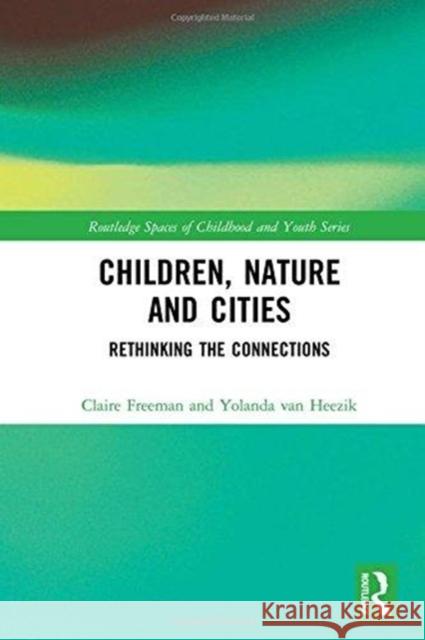Children, Nature and Cities » książka
Children, Nature and Cities
ISBN-13: 9781138942554 / Angielski / Twarda / 2018 / 318 str.
Children, Nature and Cities
ISBN-13: 9781138942554 / Angielski / Twarda / 2018 / 318 str.
(netto: 672,22 VAT: 5%)
Najniższa cena z 30 dni: 654,86
ok. 22 dni roboczych.
Darmowa dostawa!
That children need nature for health and well-being is widely accepted, but what type of nature? Specifically, what type of nature is not only necessary but realistically available in the complex and rapidly changing worlds that children currently live in? This book examines child-nature definitions through two related concepts: the need for connecting to nature and the processes by which opportunities for such contact can be enhanced. This book analyses the available nature from a scientific perspective of habitats, species and environments, together with the role of planning, to identify how children in cities can and do connect with nature and how cities can and do provide meaningful natural experiences. This book challenges the notion of a universal child and childhood by recognizing children's diverse life worlds and experiences which guides them into different and complex ways of interacting, or not, with the natural world. This book highlights the ways that nature can be enhanced in children's lives and in the cities they live in both through scientific endeavor and better planning and urban design processes.











